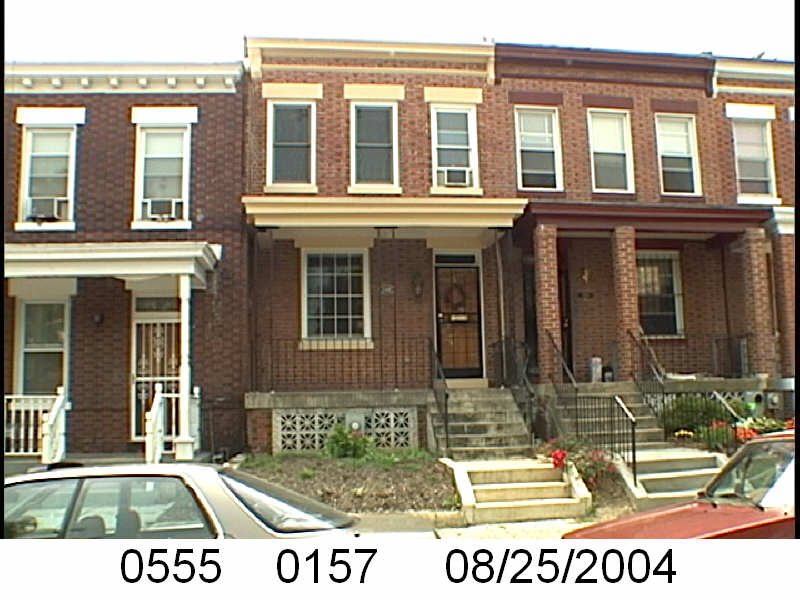In 1920 ’twas a man, a Black man, who operated in the business of chickens and owned a house on N St NW. His name. Benjamin Franklin Holland. Just say that name five times fast, sounds like a mantra.
Around 1917, he sold chicken at the market at O and N, right where the Giant Supermarket sits right now. He sold those chickees at stall #15, and I imagine that is where the previously frozen chicken sits in a chiller may have been.

Sadly, his story is not a long one. We meet the poultry man in the 1920 census, living with his wife, Cecelia Valeria (formerly Jackson), their son Benjamin, and an aunt, Julia I. Davis. By the 1930 census, he’s dead and Cecelia V. Holland is a widow. At the age of 53, she was living with her 14 year old son Benjamin and roomer from the British West Indies, William A. Thomas.
Once again there is something in the land records that confuses me. There are the usual releases and trusts, the paying and borrowing from investors through trustees. It would help to know when exactly Ben Holland died because there is a 1929 deed with just his name, Cecelia is missing, selling the property to a Peter P. Richardson. Without Cecelia’s name on the deed, something looked off. February 17, 1930 Lottie and Peter Richardson transfer the property to Ester L. Jackson, who transfers it to Cecelia on the 19th. Also on 2/19/1930, Cecelia was advanced $2,100 from the Washington Permanent Building Association. In 1949 she borrowed again from teh Washington Permanent Building Association, for $2,500 and changed her name from Cecelia V. Holland to Cecelia V. Tildon. In 1952 Cecelia Tildon sold the property to the Seventh Realty Corp out of Delaware.

random google searches:
https://fraser.stlouisfed.org/files/docs/publications/holc/1934_annualrpt.pdf
(list of federal home loan banks members in Washington DC. Perpetual and the Permanent Building association mentioned.)
https://www.shorpy.com/node/10070
“Capital Building Body 50 Years Old
Small Group Here Organized Permanent Association in Early Part of 1881.
By Thomas M. Cahell.
The Washington Permanent Building Association is now 50 years old. Early in 1881 a small group of men met at Gustave Hartig’s hardware store at Seventh and K streets northwest to discuss the formation of a building association, different from any then in operation in the District, in that it was to follow the permanent rather than serial plan.
The permanent plan meant the continuation of business from year to year, instead of a series of periodical settlements as a serial association then operated. The permanent plan was adopted from Philadelphia, where all necessary information was obtained.
After a few conferences at the Hartig store, a larger meeting was held at Dismer’s Saengerbund Hall, where preliminaries for drafting a constitution were settled. On May 14 the first meeting of the association convened at German Hall, on Eleventh street, between F and G streets northwest.
…
The association’s first office was above the German-American National Bank, at Seventh and F streets northwest, where Hecht’s store now stands. In 1884 it occupied half of the first floor of the Pacific Building, now a part of the Hecht’s store. Office hours were then from 3 to 5 p.m. In 1898 it moved to the Second National Bank Building, at 509 Seventh street northwest, occupying half of that building until March, 1907, when it acquired its first home, the McGowan Building at 629 F street northwest. At this time the minutes of the association were changed from German to English. In 1913 the association’s building was razed for its present modern banking office on the site, its temporary headquarters being at 631 F street northwest during the construction period.”
Do the deeds say anything about consideration?
Perhaps they were passing the deeds along as a form of security — like what people do with car deeds today. Loan me $1000 and I’ll let you hold the deed to my house?